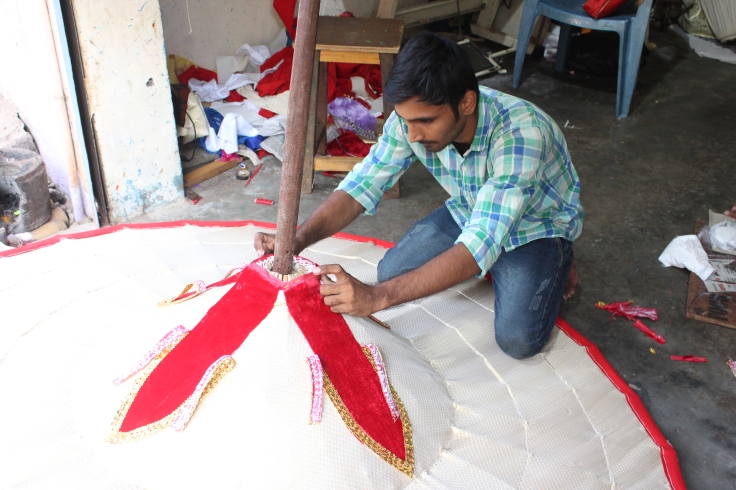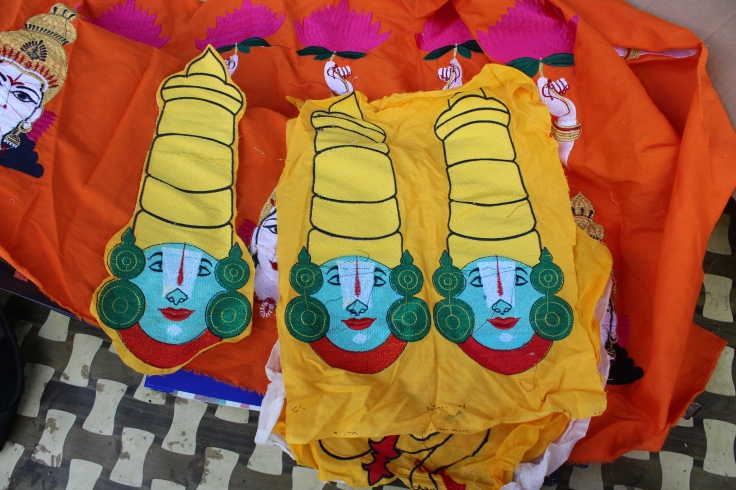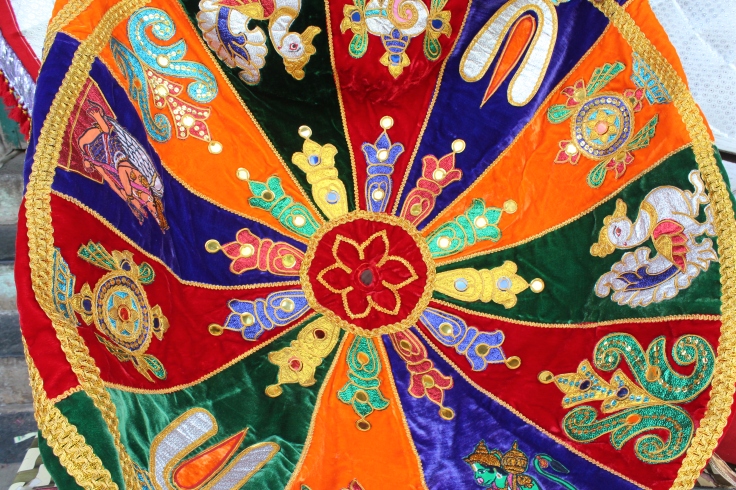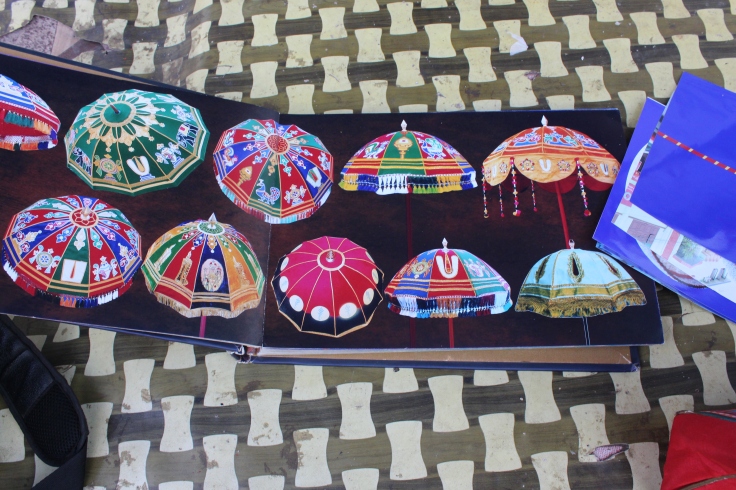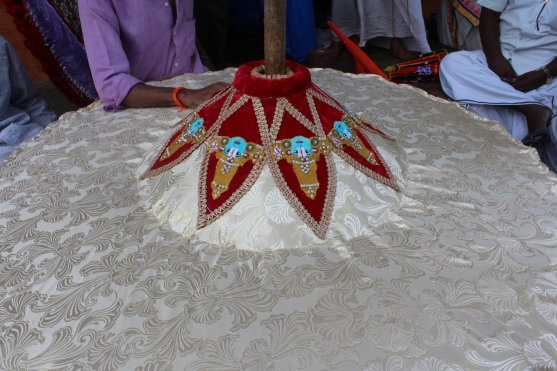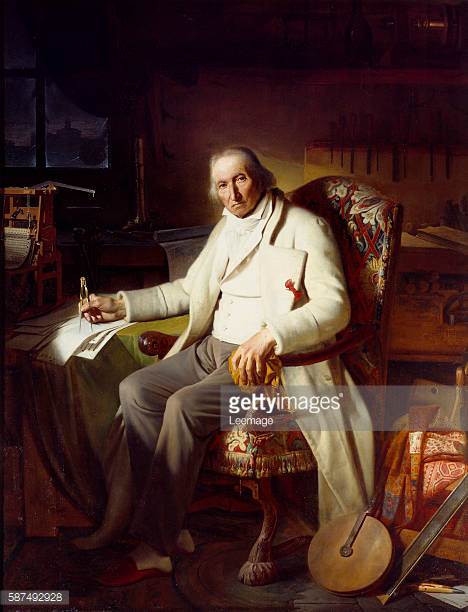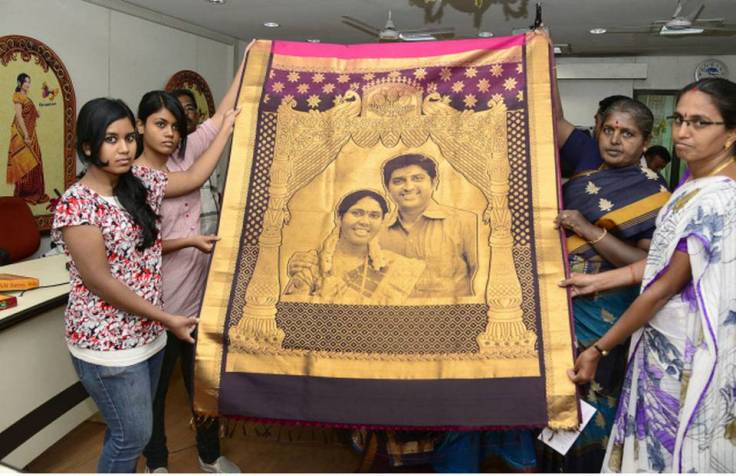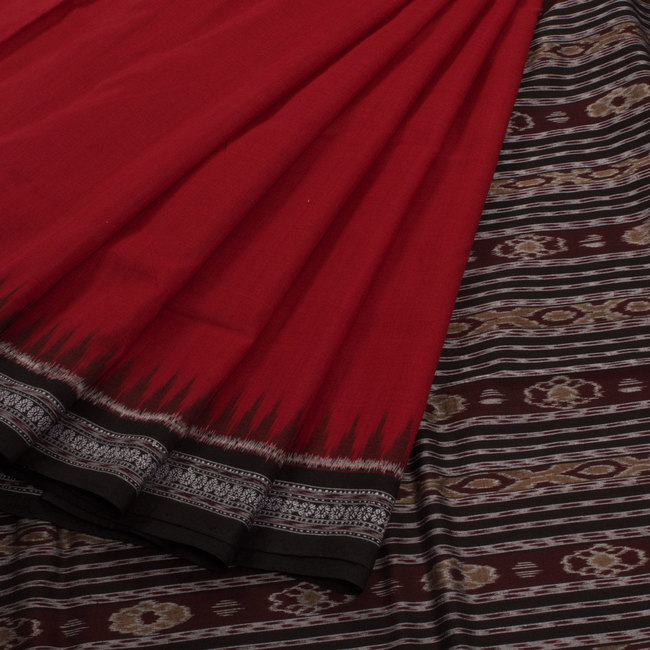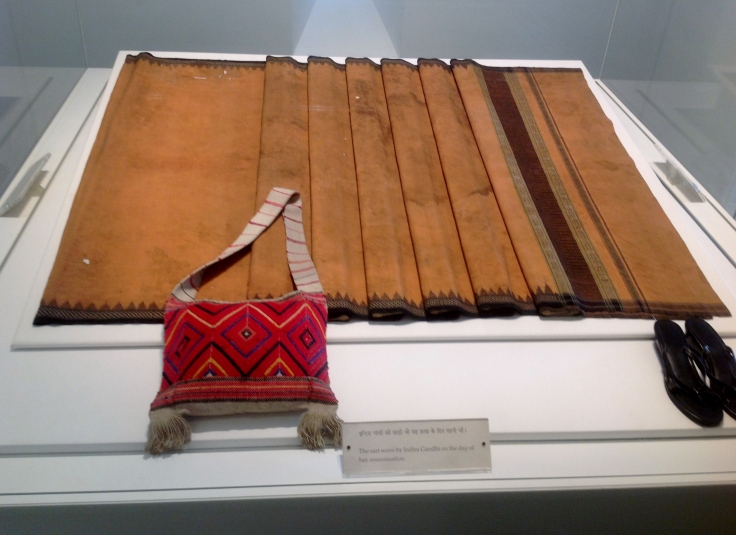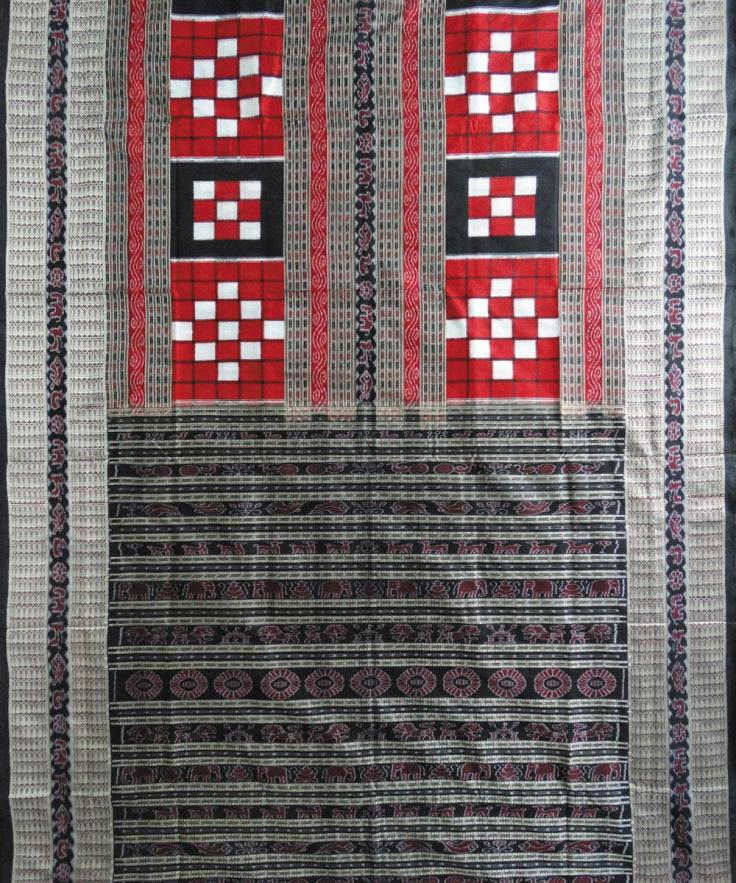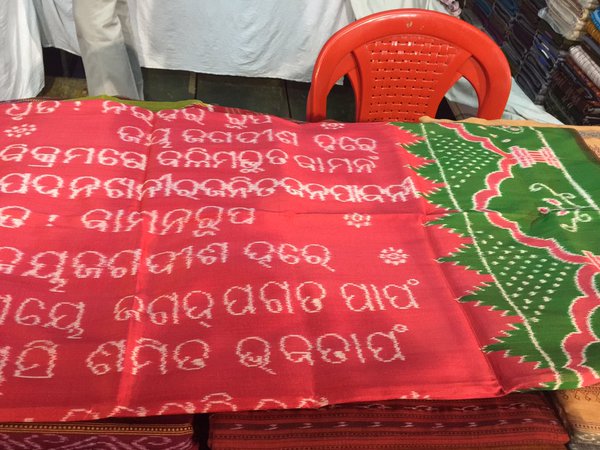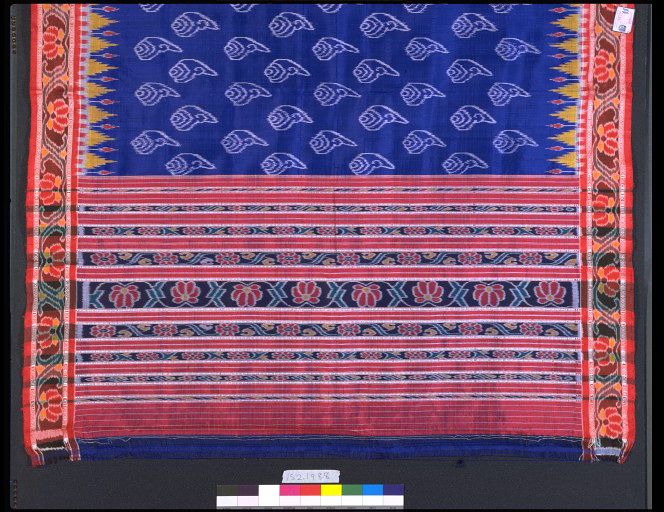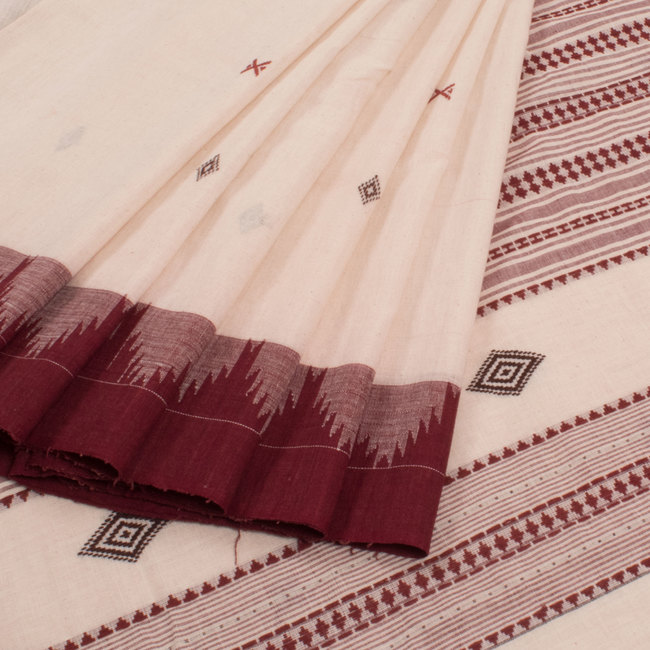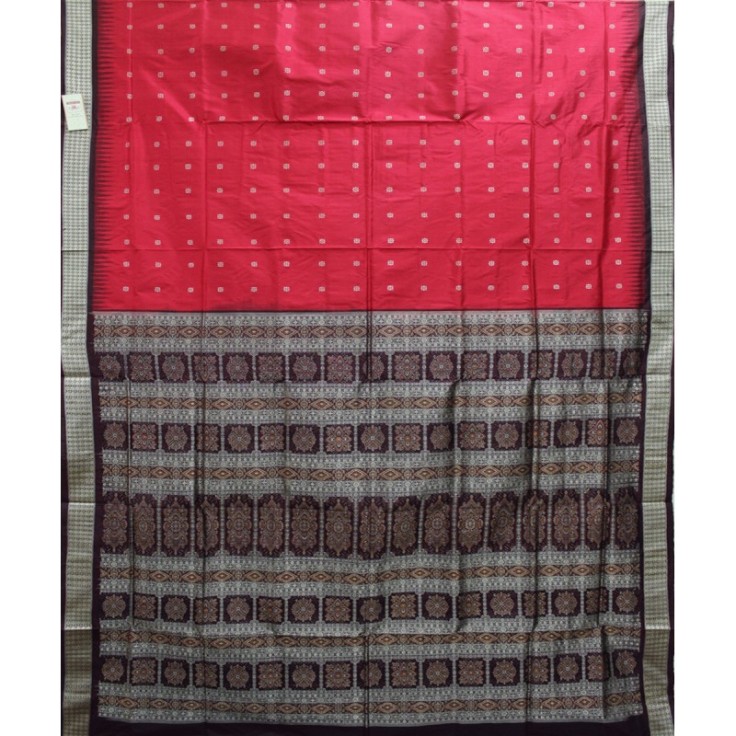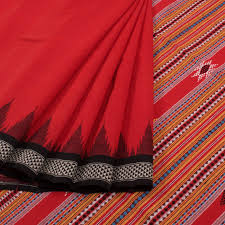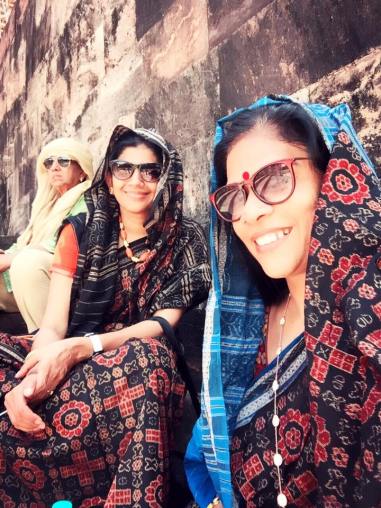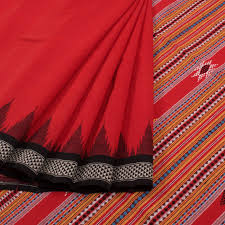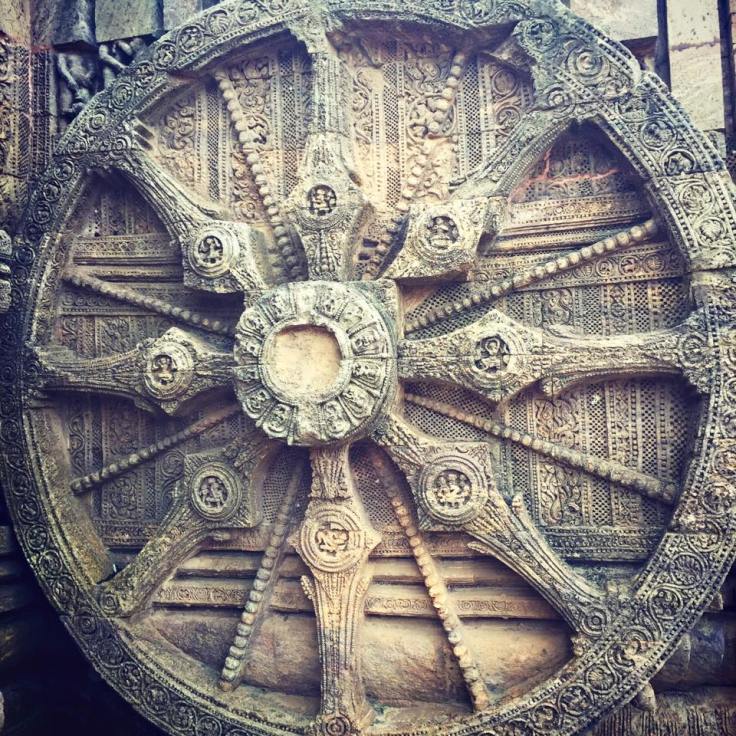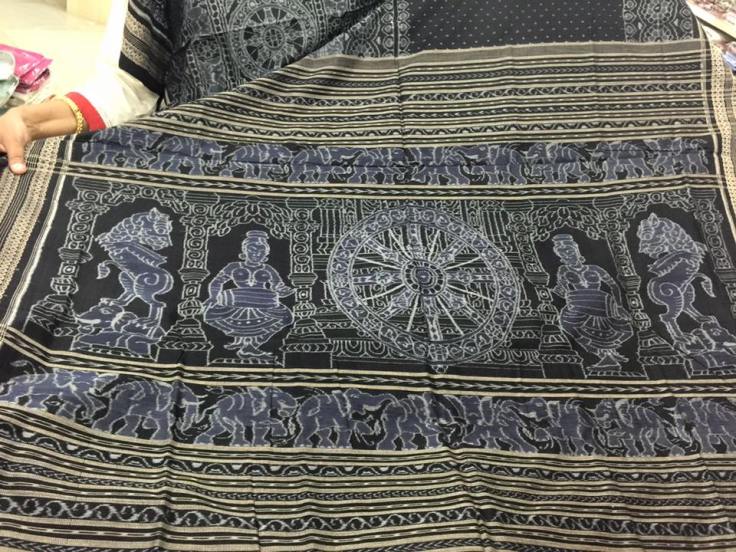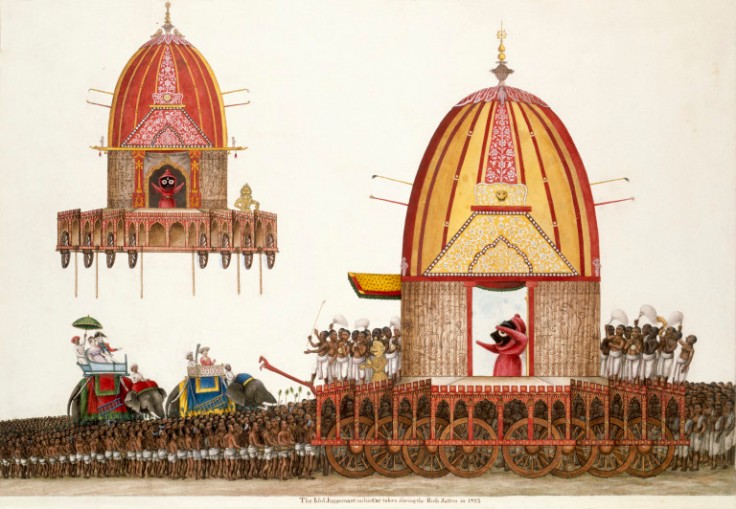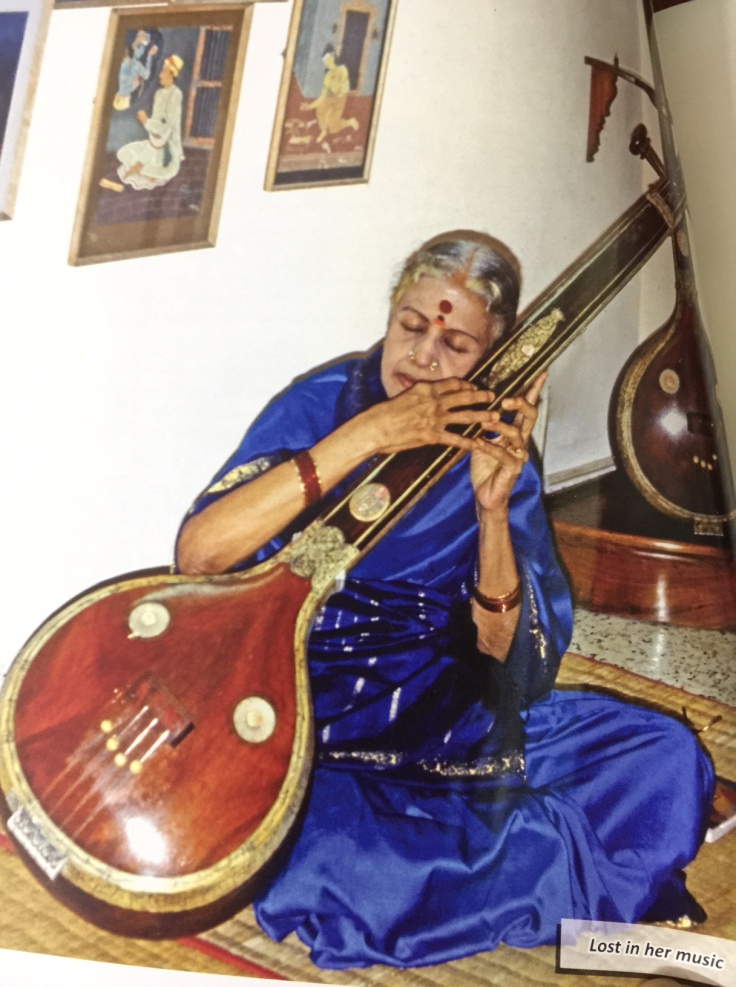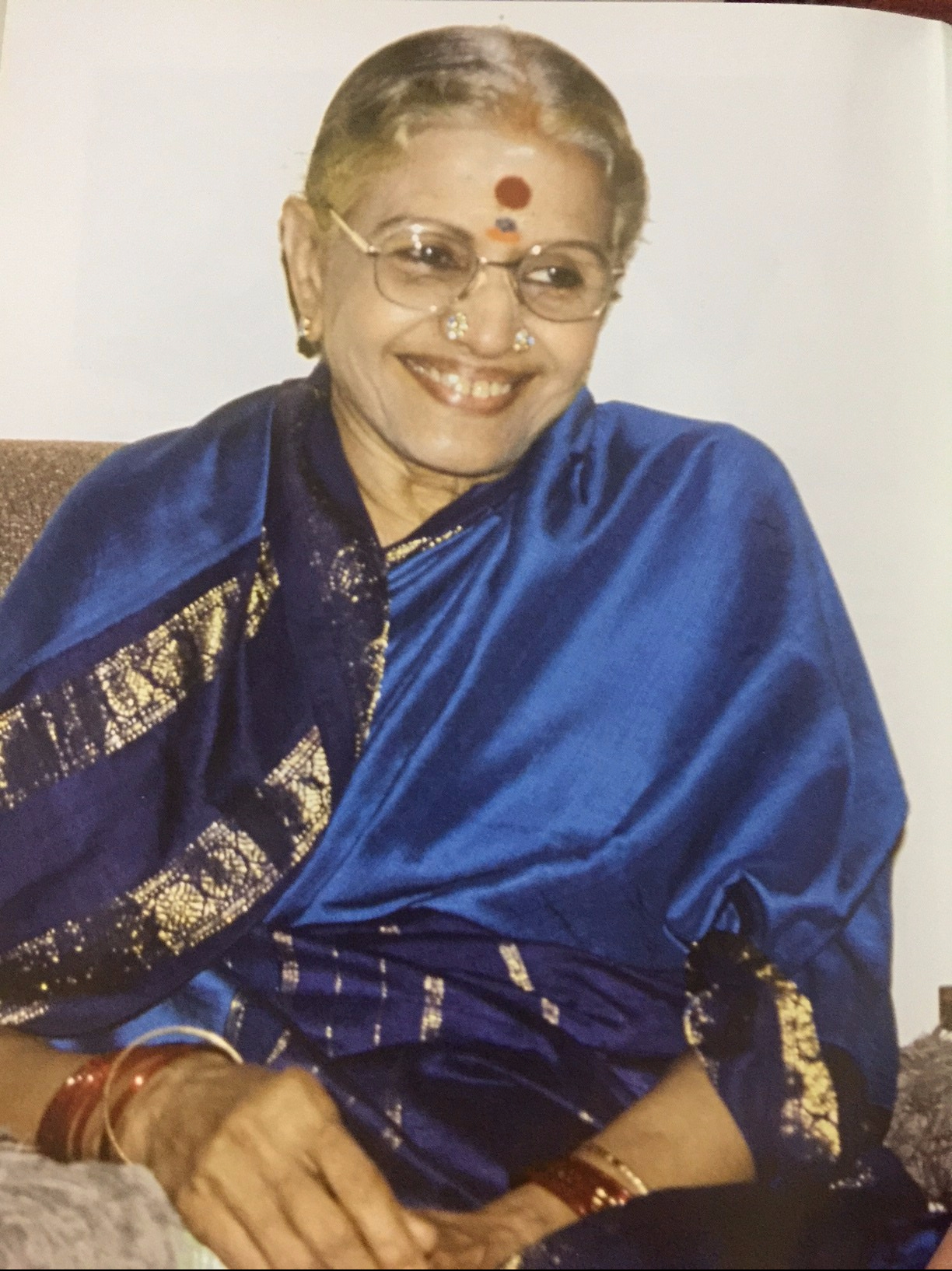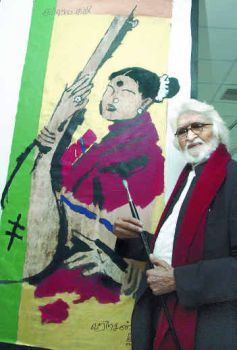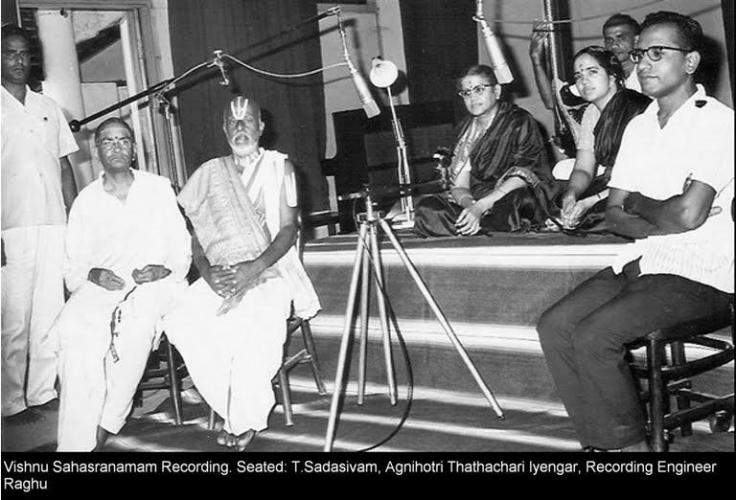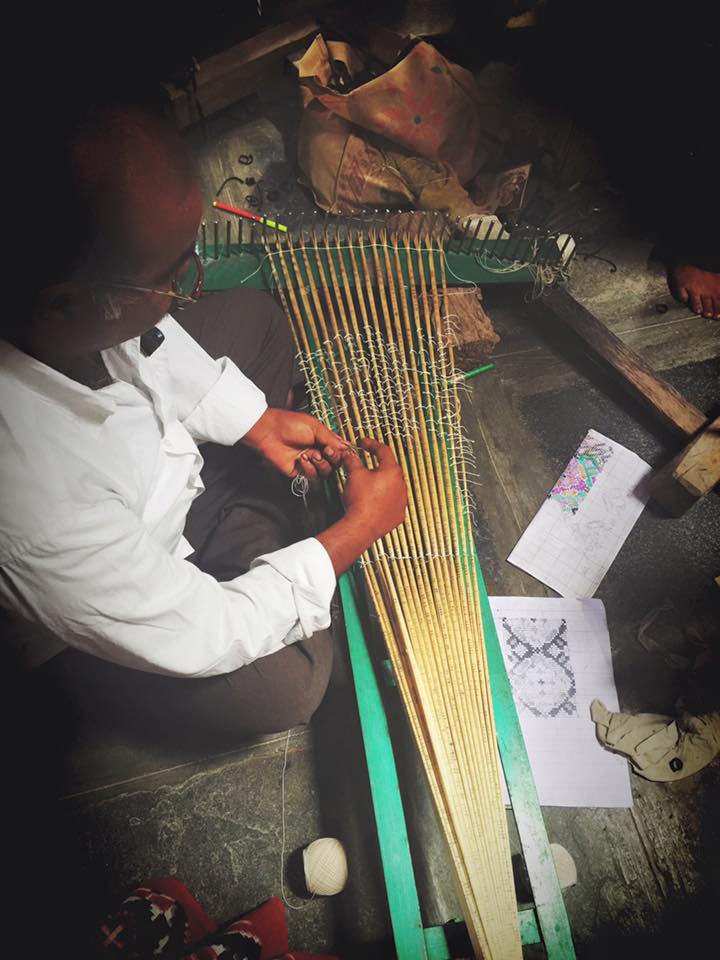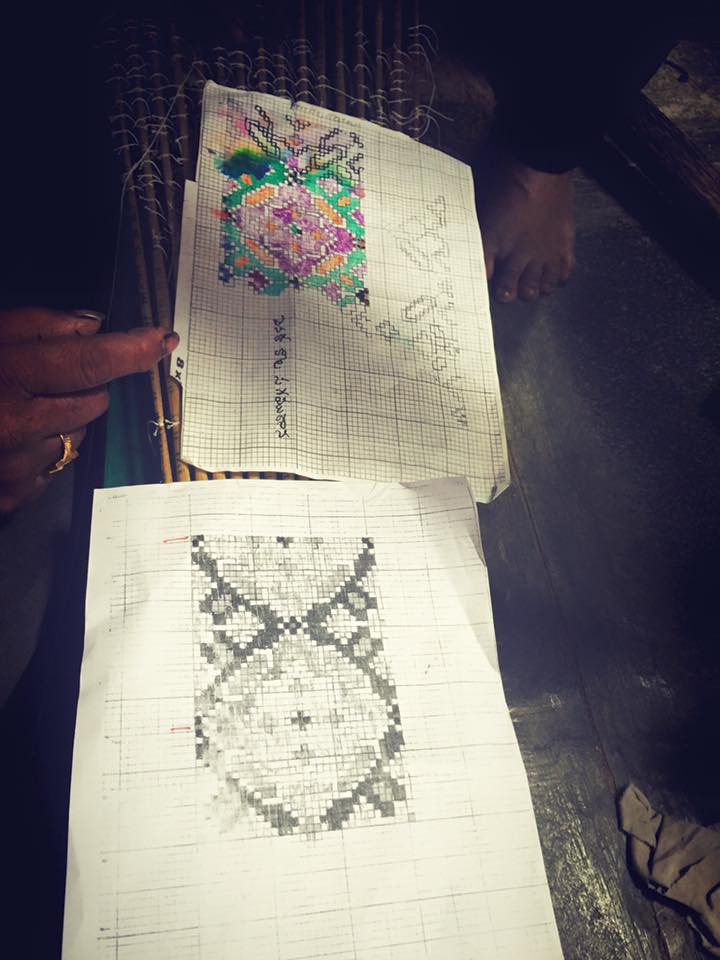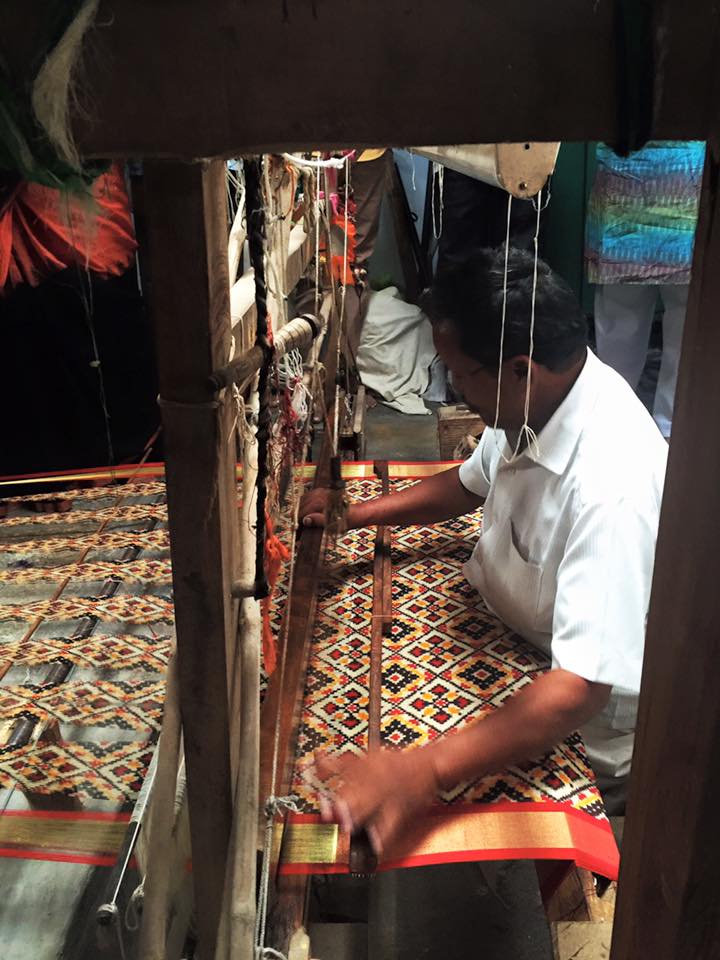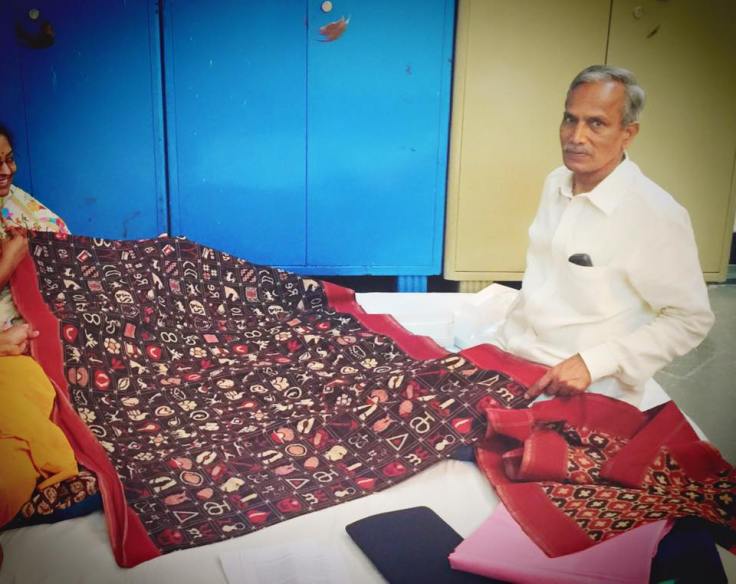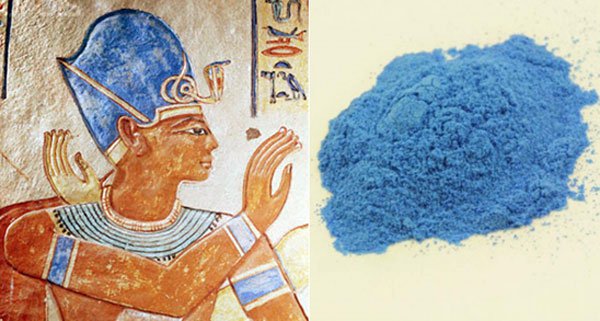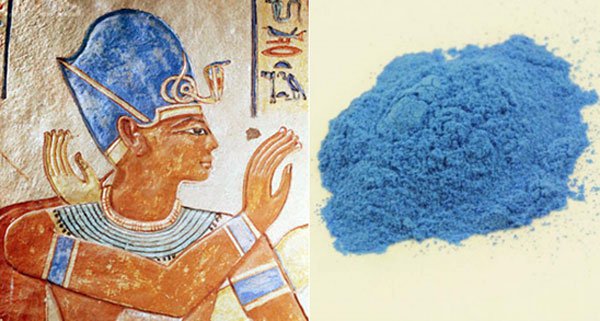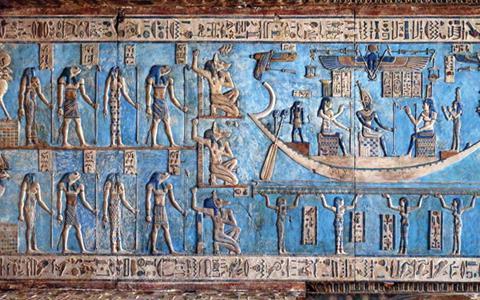My Article in Grassroots (June 2017) issue of Press Institute of India.
The Kamala Award for contribution to crafts instituted by The Crafts Council of India in 2000 honours senior craftspersons for their contribution towards the development of traditional craft and training of younger people. One of the senior awardees this year is M.R. Ranganatha Rao from Karnataka. At 85, his eyes light up as he recalls Kamaladevi Chattopadhyay playing a pivotal role in his decision to take up puppetry as a full-time profession, and quitting his government teaching job.
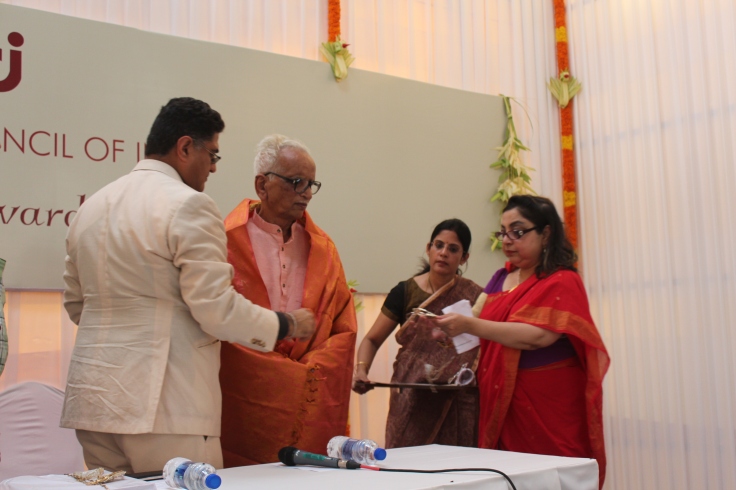
M.R. Ranganatha Rao broke family traditions to teach all aspects of puppetry and, along with his wife, trained artisans and troupes in puppet-making, script-writing, music and costume-designing. As a child, Ranganatha was intrigued to see his grandfather, Narasingha Rao, handling the puppets with such dexterity which brought them to life, enthralling the village audiences.
Though he had a basic training in puppetry in the family, he went on to teach History in government secondary schools. Backed by an academic background in drama and theatre and a career as a schoolteacher, it was natural for Ranganatha Rao to use puppets as a medium of expression to teach children in school. Rao vividly recalls the day when he attended a talk by Kamaladevi Chattopadhyay when she mentioned the mastery of his grandfather’s art form and enquired about his whereabouts. Rao was forty years old then. After the talk, he introduced himself to Chattopadhyay and provided an update about the treasured puppets carved by his grandfather. He also spoke to her about the traditional art of ‘rod puppets’ of Karnataka. Chattopadhyay, the remarkable woman who had resurrected the disappearing art craft and theatre forms in India, insisted that she be driven to his ancestral home to have a look at his grandfather’s puppets. She took a look at the treasured puppets of his grandfather’s popular Bhama Kalapam. On the way back, Chattopadhyay convinced and encouraged Rao to quit his teaching job and take to puppetry as a full-time profession.
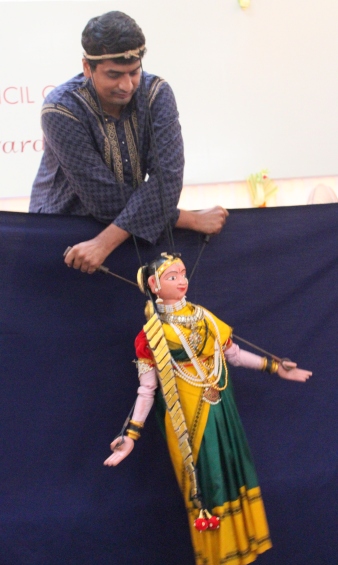
(Rao’s son, Chaitra Kumar, has quit his job, like his father, to continue the heritage art form)
The word ‘puppet’ in Sanskrit is derived from the word putta, which is equivalent to putra (son). As an art form, puppetry is more diverse than painting, sculpture, dance, song or story, and includes most of them. So, Rao had to equip himself with an additional honour’s degree in Kannada to script to new plays and songs for presenting different puppet stories.
Indian puppetry takes one of the four forms – glove, rod, string and shadow. Rao’s family specialises in rod puppetry. The rod puppet is the most difficult to manipulate because they are one of the largest puppets measuring three feet tall and weighing about 15 kilos. The entire movement is controlled by two thin rods attached to the two hands of the puppet. The artist also wears a circular ring on his head to make flexible manipulations to make life-like movements of the puppet’s head and body. Not only that, the feet movements have to be fluid, mingling with the characters of the story.
The traditional art form was kept a secret with an individual family. They had a unique style of rendition and motion of puppetry, and specialised in a particular mythological theme, along with lyrics and music. The master pulled the strings literally, from composing the story to writing the dialogues and setting up the stage, apart from carving the wooden puppets and designing the costumes as well.
Rao’s grandfather’s puppets weighed 15 kilos, and to make the craft more effective, Rao conceived new puppets with indigenous raw material. He used different kinds of wood to carve the entire puppet. A lighter wood for the body, with the traditional wood used for the puppet’s face and arms!
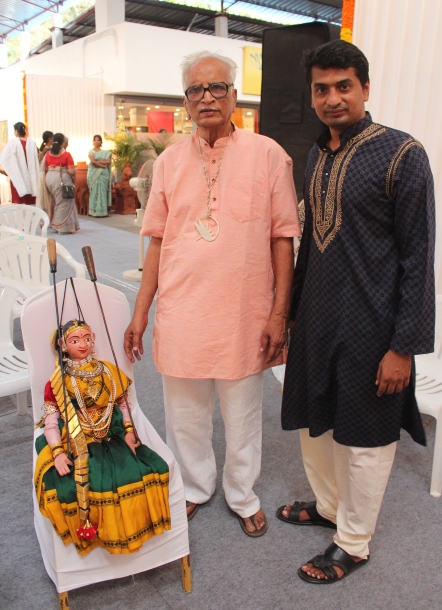
“Puppets don’t have legs,” says Rao, “the costume or a long skirt covers the length to give it a full appearance.” Originally when the Bommallatam performances took place in the open without a stage, the feet of the puppeteer would become those of the puppet, showing from under its long skirt. The storyteller, or Bhagavata, sang throughout the performance and sat with the musicians – a drummer, a violinist and a harmonium player – behind the stage. Sometimes, the puppeteers themselves would speak on behalf of their puppets.
Along what has been a wonderful journey, Rao has built an expert team of performers and singers to make a wholesome mini theatre of rod puppets bound in the ethos of traditional folk music and culture. The mythological stories in the art form always revolve around Lord Krishna, he mentions. His popular and his personal favourite is Krishna Parijatha, the story of how Krishna brought the divine flowering tree of parijatham from heaven for his wife Sathyabama.
Meticulously, he explains the three mythological stories – one before and after Krishna Parijatha, the prior story of Narakasura, and the latter story of Thulabaara where Rukmini explains the value of thulasi. Clearly, you can see the passion in his storytelling.
Starting from the 1970s, Rao and his troupe toured around the country conducting shows, lecture demonstrations and workshops to prove that the rod puppet could be a wonderful medium of entertainment and education. And went to Delhi, too, at the invitation of Chattopadhyay. In recognition of his work and contribution to rebuild the art form, the Sangeet Natak Academy conferred Rao with a national award in 1981.
With a series of international tours representing India to global audiences, Rao was also associated with the Swiss Puppet Museum in Fribourg. The Indian giant puppet that he made in Switzerland with locally available material for the 25th anniversary of the museum was a huge popular attraction.
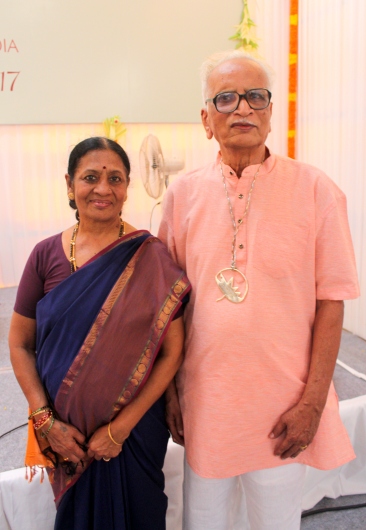
Proudly, Rao introduces his wife, Gayathri. She is the costume and jewellery designer for all the characters of the puppets. She explains how the beautiful jadai alankaram and an entire sari is draped fresh for each and every performance.
Rao’s puppets are displayed in prominent museums around the world including the Victoria Albert Museum (UK), Swiss Puppet Museum (Fribourg, Switzerland), Tokyo Puppet Museum (Japan) and China Puppet Musem (Beijing). The Karnataka State Rajyotsva Award for 2016 and the Kamala Award from the Crafts Council of India this year speak volumes about his contribution to the field of puppetry.
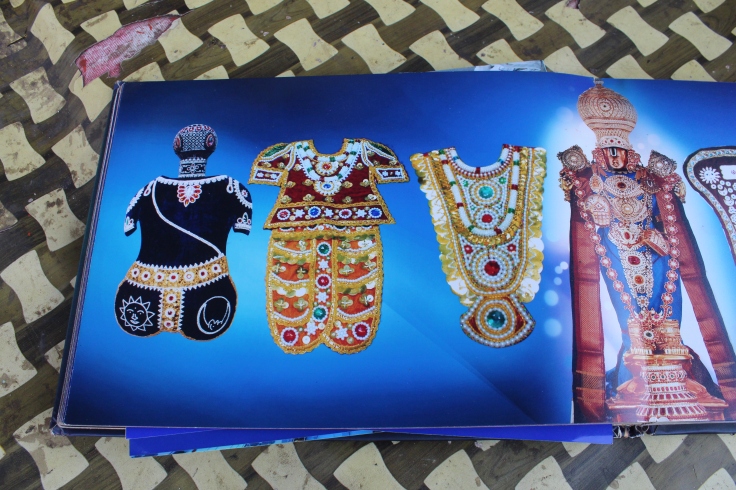
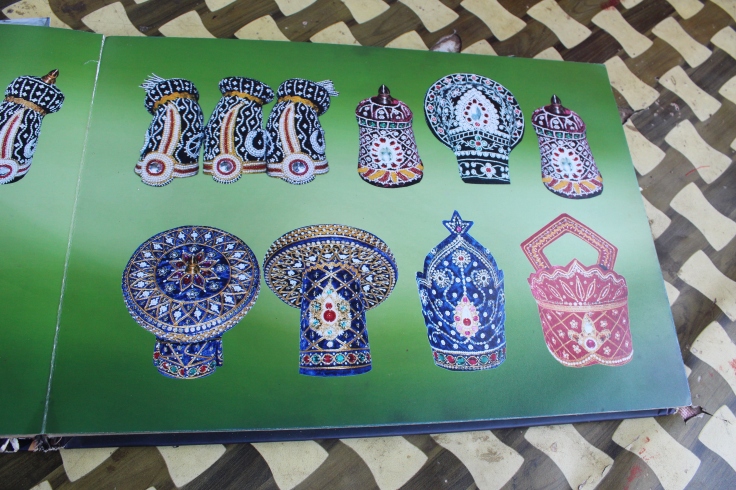

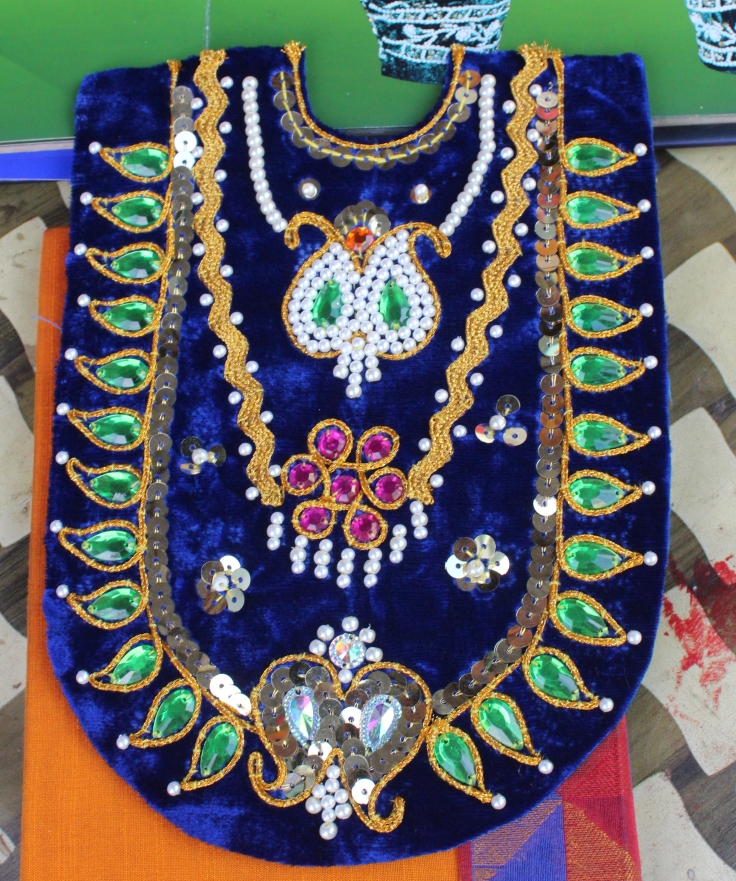
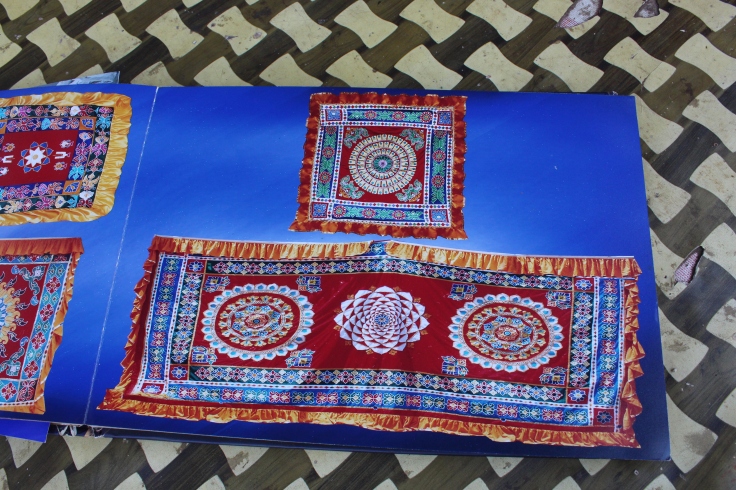
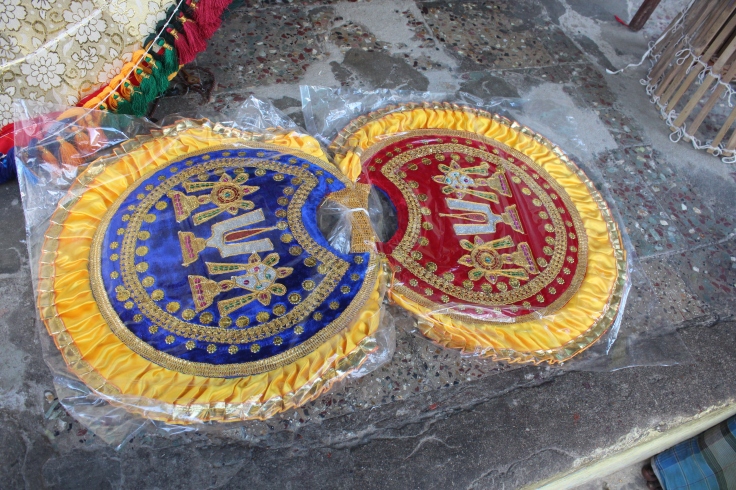


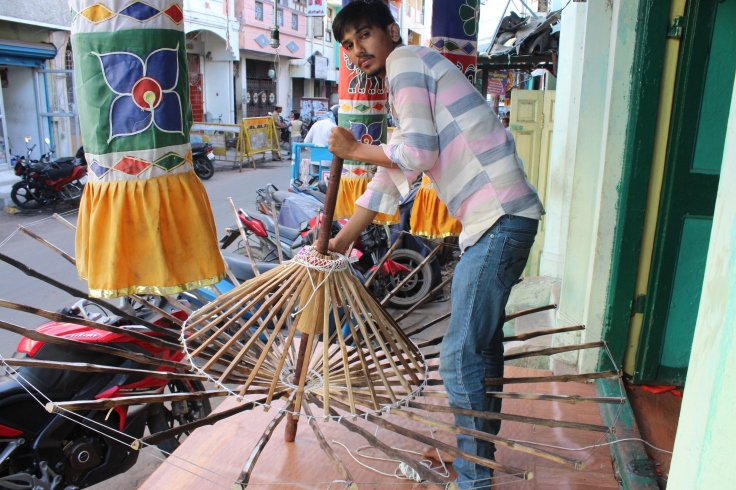 This circular bamboo rim for the umbrella base spans from 4.5 ft to 18 feet, and knotting to open out and close the umbrella is an art that has be learnt on the ground.
This circular bamboo rim for the umbrella base spans from 4.5 ft to 18 feet, and knotting to open out and close the umbrella is an art that has be learnt on the ground.